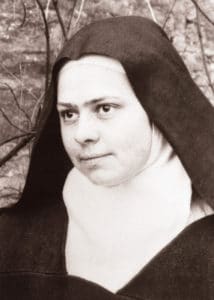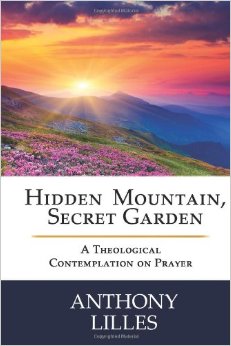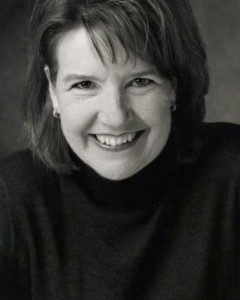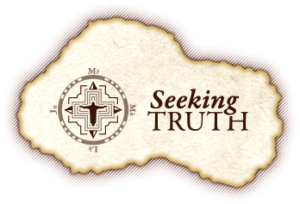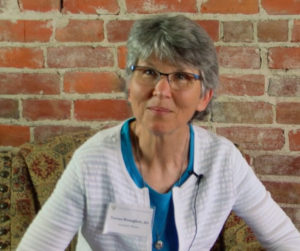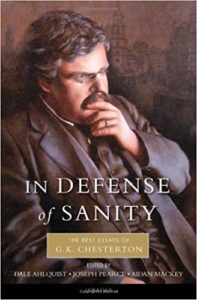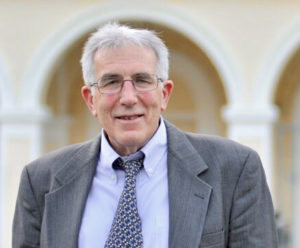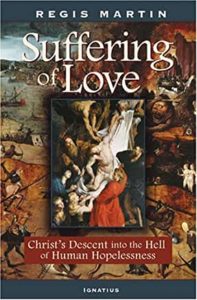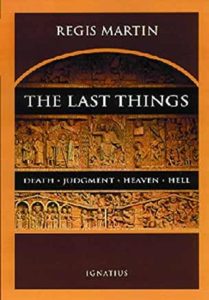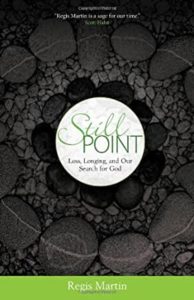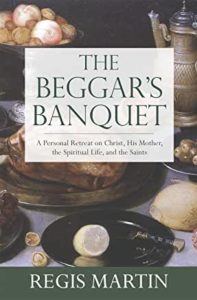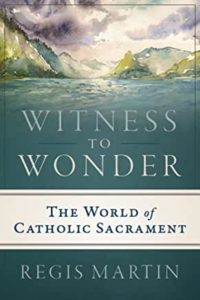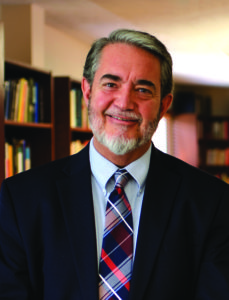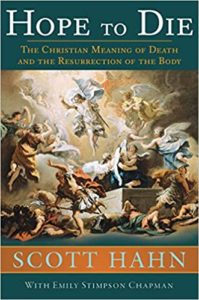Podcast: Play in new window | Download (Duration: 49:09 — 33.9MB) | Embed
Subscribe: Apple Podcasts | Spotify | Amazon Music | Android | Pandora | iHeartRadio | JioSaavn | Podchaser | Gaana | Podcast Index | Email | TuneIn | Deezer | Anghami | RSS | More
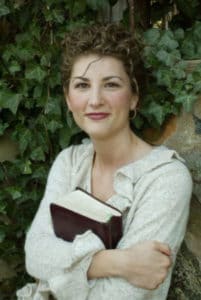
Old Testament Joseph – Episode 1 – St. Joseph with Sonja Corbitt
In this episode we explore Old Testament Joseph’s life, because in order to understand St. Joseph as patron of the Church, we must know something of his ancestor, OT Joseph, for whom he is named. Psalm 105 gives us a snapshot of OT Joseph, and a prophecy of NT Joseph:
“When he summoned a famine on the land, and broke every staff of bread, he had sent a man ahead of them, Joseph, who was sold as a slave. His feet were hurt with fetters, his neck was put in a collar of iron; until what he had said came to pass the word of the Lord tested him. The king sent and released him, the ruler of the peoples set him free; he made him lord of his house, and ruler of all his possessions, to instruct his princes at his pleasure, and to teach his elders wisdom” (Ps 105:16-22, emphasis mine).
For other episodes in this series, visit the Discerning Hearts Sonja Corbitt page
Be sure to visit Bible StudyEvangelista webpage at: https://www.biblestudyevangelista.com
LOVE the Word™ is a Bible study method based on Mary’s own practice.
Listen (Receive the Word.)
Observe (Connect the passage to your life and recent events.)
One of my favorite things about OT Joseph is how he bore up under injustice and adversity and continued to operate in his gifts wherever he found himself. Ultimately, God used all of Joseph’s sufferings as stepping-stones to something greater and to the benefit of everyone: “You meant evil against me, but God meant it for good, to bring it about that many should be kept alive…” (Gen 50:20).
As you observe your own dysfunctional family relationships and circumstances, and the suffering there, can you discern an ultimate good toward which God might be moving all of you? In your family, is there one person who seems to be in the role of Joseph?
Verbalize (Pray about your thoughts and emotions.)
Remembering that He loves you and that you are in His presence, talk to God about the particulars of your O – Observe step. You may want to write your reflections in your LOVE the Word® journal. Or, get a free journal page and guide in the right-hand margin.
Entrust (May it be done to me according to your word!)
Lord, they may have meant evil against me, but You meant it for good (Gen 50:20). Help me to wait for your vindication, and as I wait, help me to forgive. Amen +
READ THE TRANSCRIPT
Click here for a written transcript of this episode.
Visit here for more on Sonja’s “LOVE the Word” journal
Also:
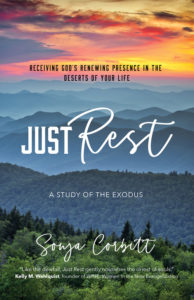

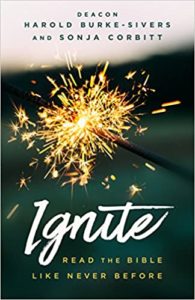
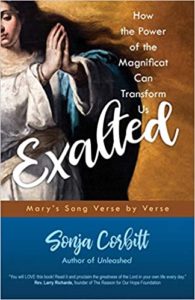
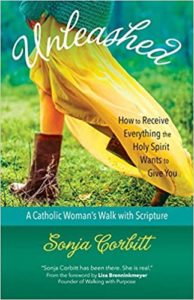

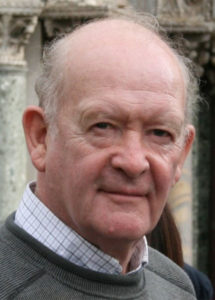
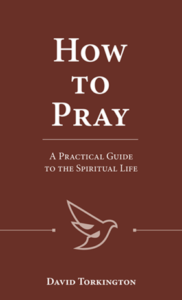
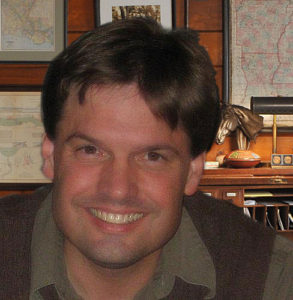 Dr. Lilles begins the spiritual explorations of the Letters of St. Elizabeth of the Trinity. In this episode we discuss letter 111 as described below:
Dr. Lilles begins the spiritual explorations of the Letters of St. Elizabeth of the Trinity. In this episode we discuss letter 111 as described below: